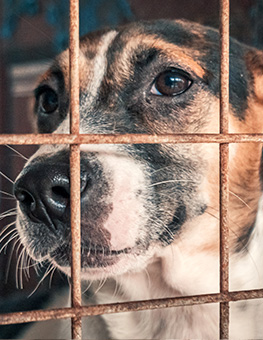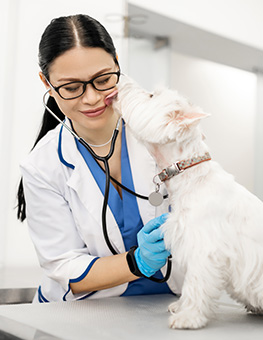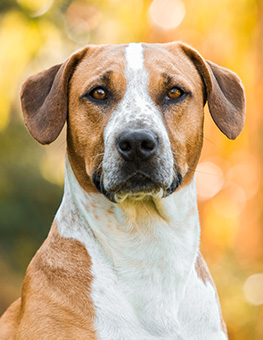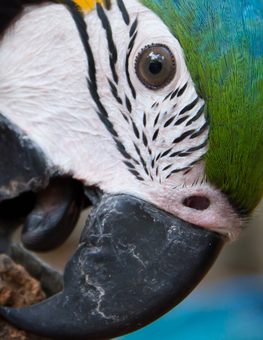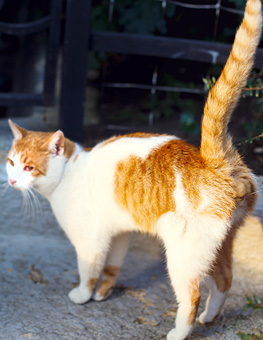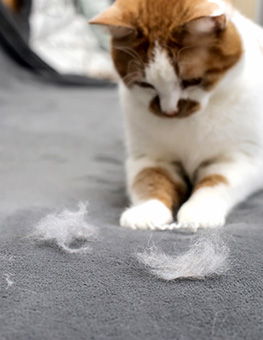What's the best collar for your dog?
When it comes to buying gear for your dog, there are so many options that it can be a little confusing, even for those who have had dogs in the past.
Picking the right collar and leash for your dog can make taking walks with your new furry friend more enjoyable as well as reduces the strain of training. Depending on the size, energy level and curiosity of your dog, you'll want to pick different styles of leash and collar.
What type of collar should I avoid?
There are many choices you can make when it comes to your dog's collar. Before getting into the good ones, it may be best to set aside the styles that are roundly condemned by pet experts and vets alike. The Humane Society noted that choke collars should be avoided whenever possible. These collars restrict your dog's airflow and there's no way to tell exactly how hard the leash is pulling on your dog's neck, which can lead to injury and trauma.
Shock collars, often used for training purposes, can also be harmful to your pet. These train by negative reinforcement, so be sure to only use these collars in extreme cases and with the advice and guidance of a professional dog trainer.
What collars should I use?
If you have a dog that's usually fine when going on walks, you're likely able to use a standard flat collar. These are the most common types of collar and work well for many breeds. For some breeds, you'll have to consider other types.
For more energetic dogs, a head collar can be the best choice. These are similar to what you might see on a horse and can keep your dog from bounding around when on a leash. Veterinarian Sophia Lyn noted that, when used properly, head collars don't hurt your dog at all. These collars are great for training, though you may need to supplement with treats and other goodies.
The Martingale collar is often used for breeds that have smaller heads, like Greyhounds. These dogs often slip right through standard flat collars, so using the Martingale can be helpful. These collars have a small tightening component (much less intense than a choker) that keeps them from coming off.
This post is provided by the pet experts at Hartz.



